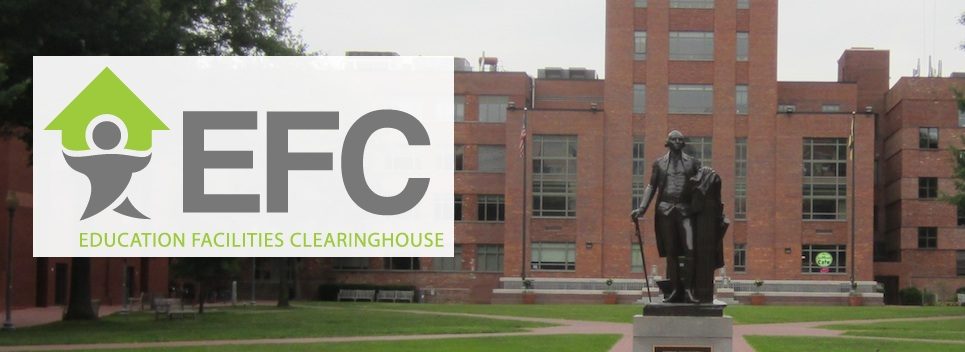Process Cleaning for Healthy Schools (PC4HS)
Decluttering "On Purpose" Worksheet for classroom teachers.

Process Cleaning for Healthy Schools (PC4HS)
Decluttering "On Purpose" Worksheet for classroom teachers.
National Healthy Schools Day, 2015
This is a resource of studies that will assist in the endeavor to create healthy schools.
National Healthy Schools Day, 2015.
Air pollution problems at work? Do you and your students sneeze, cough, feel tired or headache in class? The no-cost tips below can help you improve your own classroom IAQ, and quietly help you boost attendance and performance!ii Everyone will ask what you are doing right! Why IAQ (indoor air quality)? Children breathe more air per pound of body weight than adultsiii. Asthma is the leading cause of school absenteeism , and a leading work-related illness of custodians.
The Broad Foundation, 2009
This is a guide for school district operators considering school closures to address significant budgetary challenges. Note that this tool was not designed to assist with school closures as part of a periodical closing and opening of schools for academic performance, though a subset of the strategies may still be applicable.
This guide describes first what it takes to go through the school closure process; second, the do’s and don’ts of school closures—some major risks and mitigation strategies other districts have identified; and finally, the detailed steps a district must take to decide upon and conduct school closures.
National Association of Charter Schools Authorizers, 2010
Closing a failing charter school is difficult, but it can be done. In fact, it has been done hundreds of times across the country. However, if you are on the staff or the board of a charter school authorizing agency that is facing a closure decision, the fact that other authorizers have closed schools may be of small comfort. You are facing a daunting collection of academic, financial, compliance, legal, political, philosophical and personal information. Some of that information will suggest that you take bold action to close the school; other information may suggest more cautious strategies. Many authorizing staff and board members end up feeling overwhelmed and frustrated. Those feelings themselves often lead authorizers to become cautious and to keep a failing school open.
California Department of Education
The decision to close a school is anguishing. It profoundly affects parents, neighborhoods, communities, district personnel, and, of course, students. It affects relationships, routines, and cherished territorialities. In short, it alters not only district operations but also lives.
A decision not to close a school, however, amidst circumstances of declining enrollment and economic necessity, can be imprudent. And while the immediate effects of closing a school may be painful, the long-term effects can be beneficial to everyone.
Indeed, the process of closing a school is difficult, but if done correctly, it becomes less difficult. This "Closing a School Best Practices Guide" (CASBPG) will hopefully make the process easier.
The CASBPG is divided into five chapters:
The Center for Green Schools, 2014.
Several years ago, the Institute for the Built Environment at Colorado State University was involved in the planning of green school projects in and around our community of Fort Collins. We saw the potential for these buildings to be more than healthy, high-performing facilities; we saw that they held the capacity to teach students and community members about sustainability. Through the design, construction, and operations of these schools, we realized that not only is an educational component beneficial, it is imperative to the long-term sustainable operations of green school buildings and grounds. We saw that even the noblest of green building design intentions can be lost if sustainability is not integrated into the facility’s operational practices and educational program.
National Education Association, National Education Association. When crisis strikes, the daily lessons imparted in classrooms and on school grounds across the nation take on even more importance. In addition to academic subjects, our children learn respect and resilience and feel the daily embrace of school staff’s love and care. As educators, we are committed to keeping schools safe and supporting children and their families. That is why we developed this easy-to-use crisis guide, created by educators for educators. This publication is a shorter version of the more comprehensive online guide, which includes tools, templates and case studies.
National School Safety Center, 1998. The National School Safety Center offers the following checklist derived from tracking school-associated violent deaths in the United States from July 1992 to the present. Follow this link to the School Associated Violent Deaths Report. After studying common characteristics of youngsters who have caused such deaths, NSSC has identified the following behaviors, which could indicate a youth's potential for harming him/herself or others.
National Association of Psychologists, 2006. High profile acts of violence, particularly in schools, can confuse and frighten children who may feel in danger or worry that their friends or loved-ones are at risk. They will look to adults for information and guidance on how to react. Parents and school personnel can help children feel safe by establishing a sense of normalcy and security and talking with them about their fears.